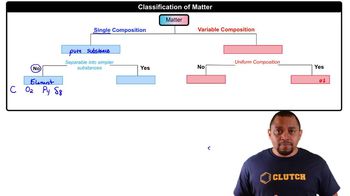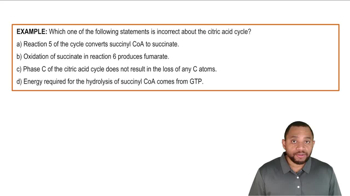Consider the following bonds: Ca and O, C and O, K and O, O and O, and N and O.
d. Arrange the covalent bonds in order of decreasing polarity.
 Verified step by step guidance
Verified step by step guidance Verified video answer for a similar problem:
Verified video answer for a similar problem:



 1:51m
1:51mMaster Dipole Moment (Simplified) Concept 1 with a bite sized video explanation from Jules
Start learning